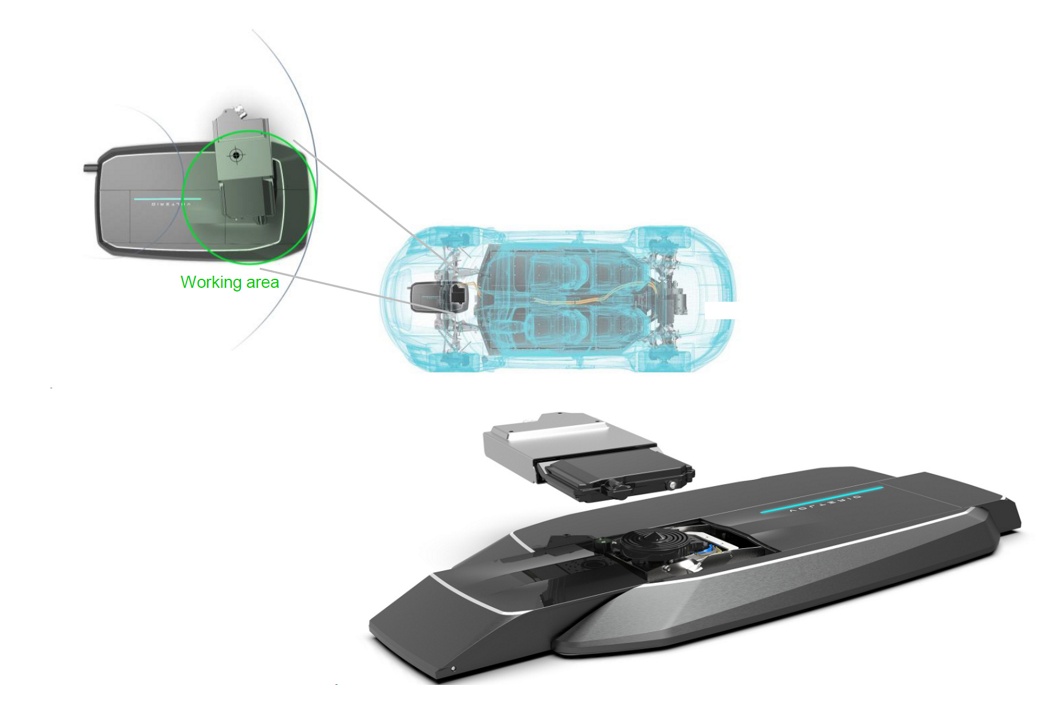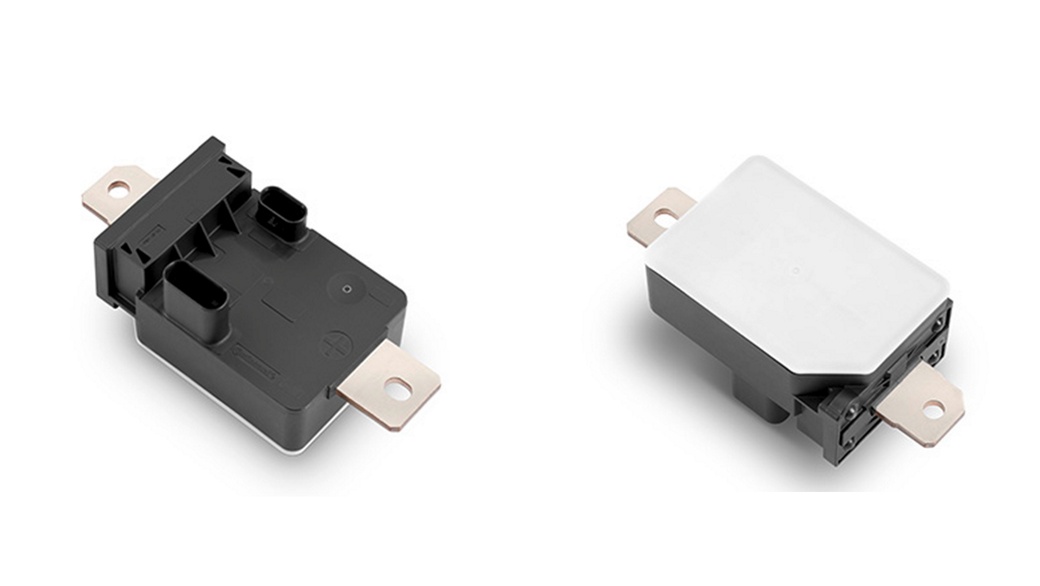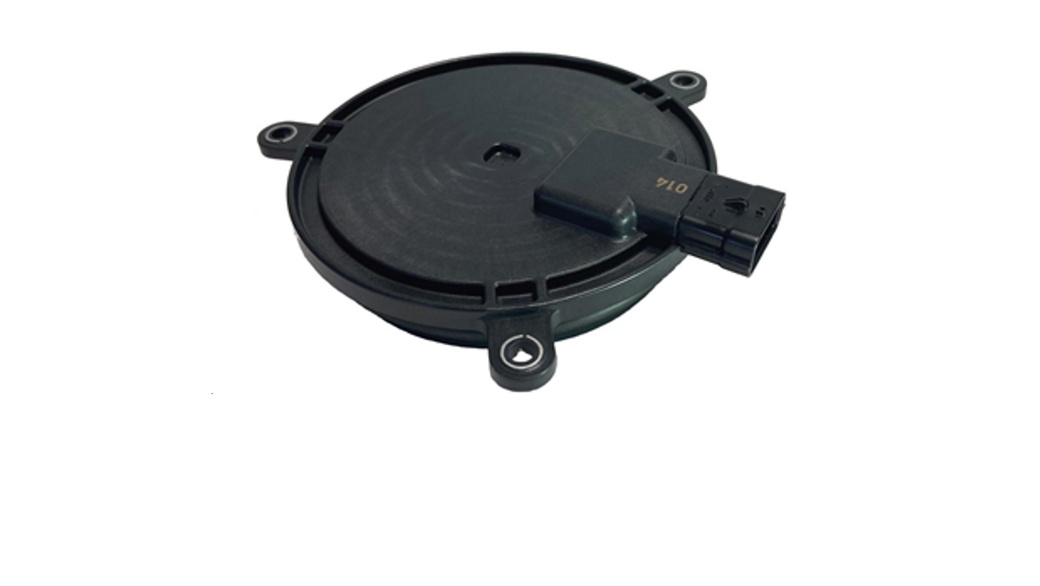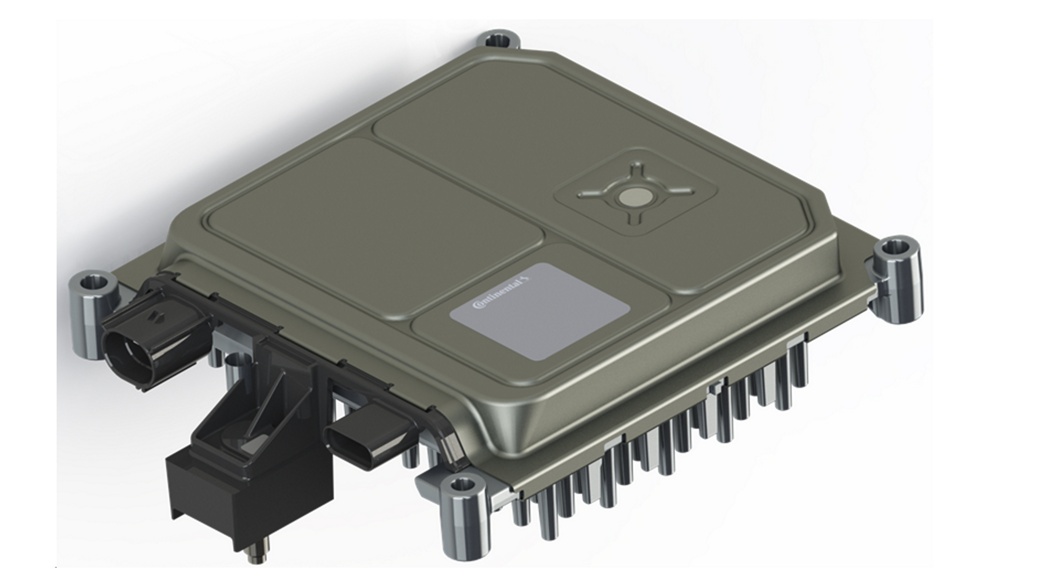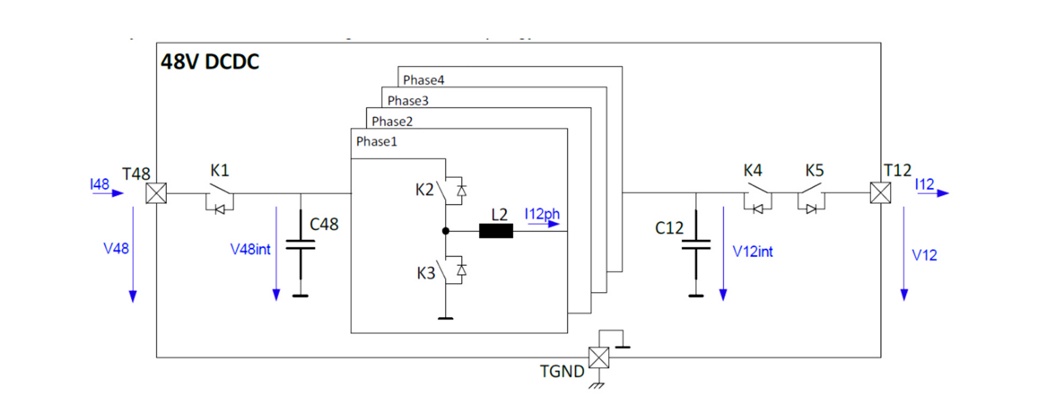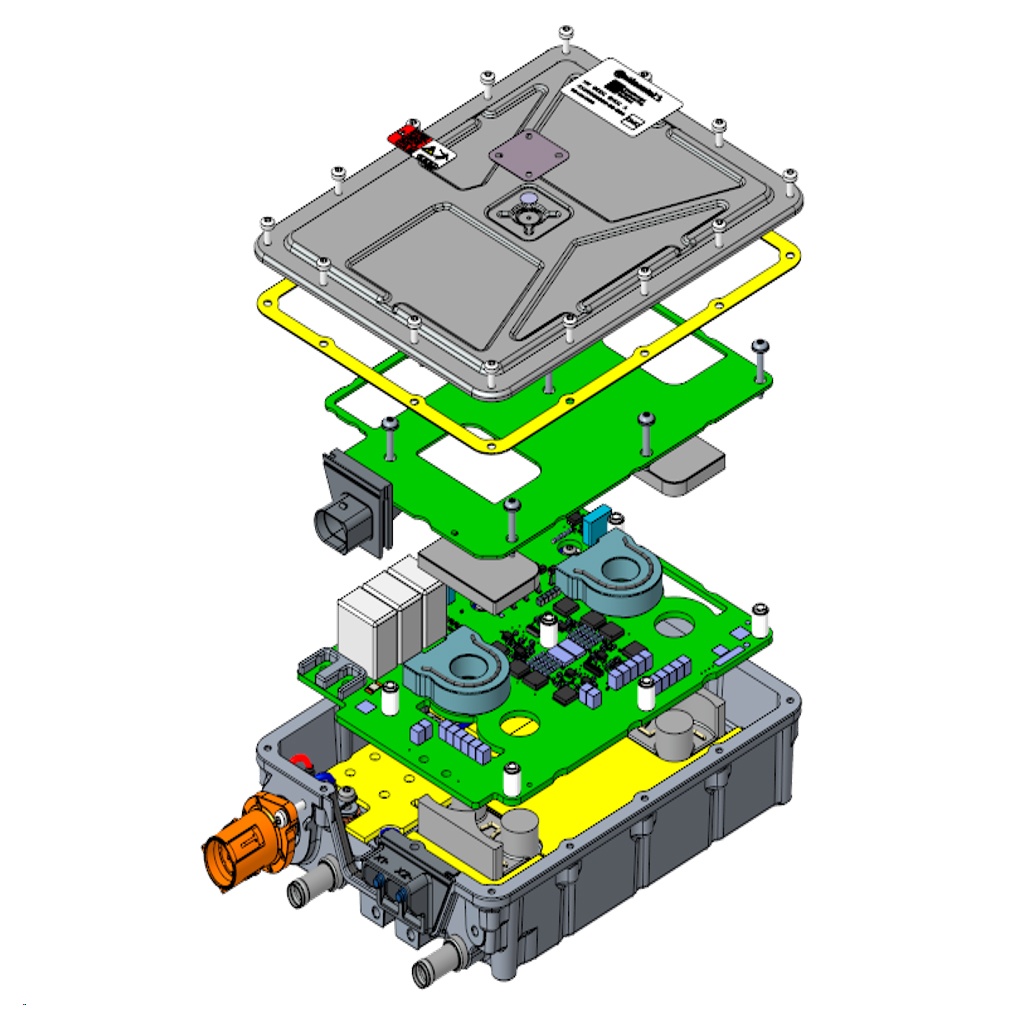Increasing demand for alternative powertrain concepts in the CV market.
Overview
- Market Demands
- Our Portfolio – Our Solution
- Our Sustainability Ambition
- Partner
- Our Offer
Market Demands

In this complex field, manufacturers need an experienced partner to help them deliver the right solutions.
Architecture and Consulting
One Stop Shop Partner
Software
- Service Overview
- Platform and AUTOSAR Competence
- 4th Generation of Software Development
- Agile Planning Approach
Customer software care and competencies needs
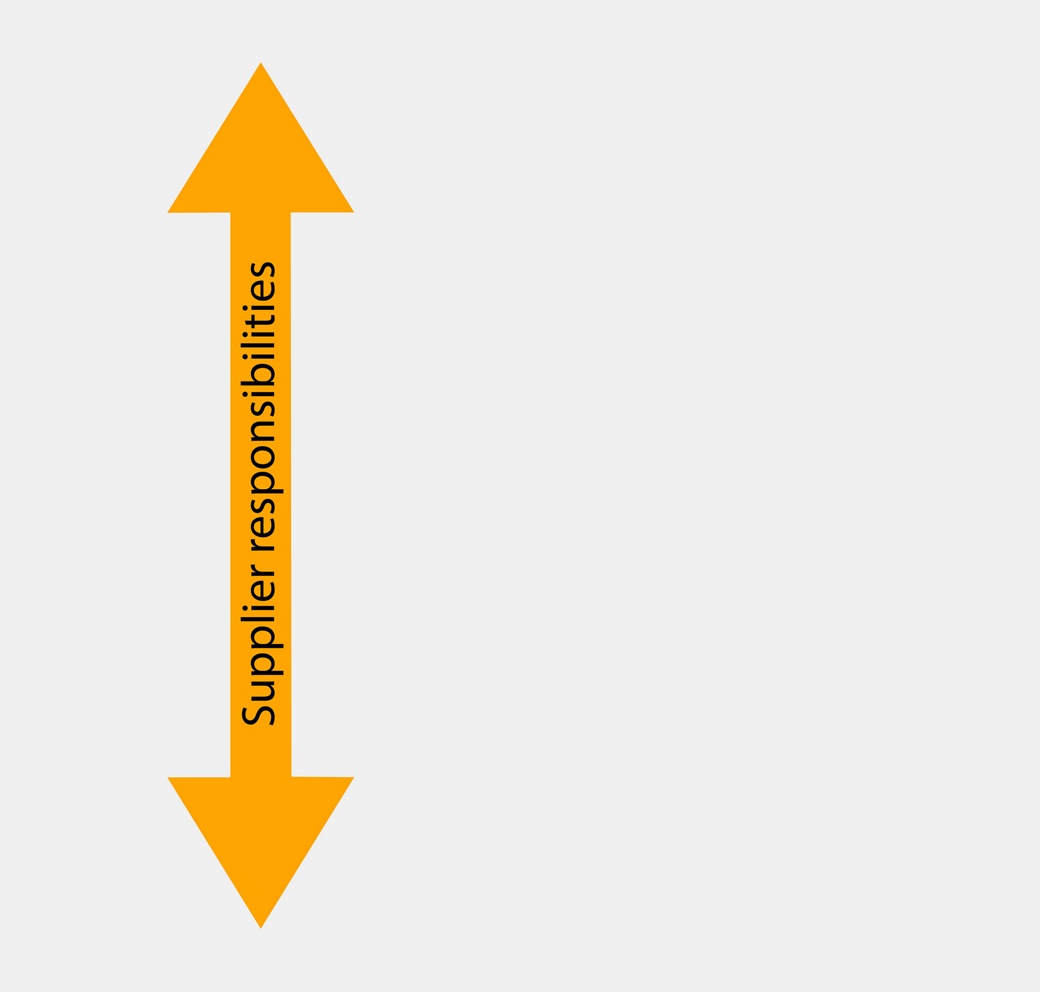
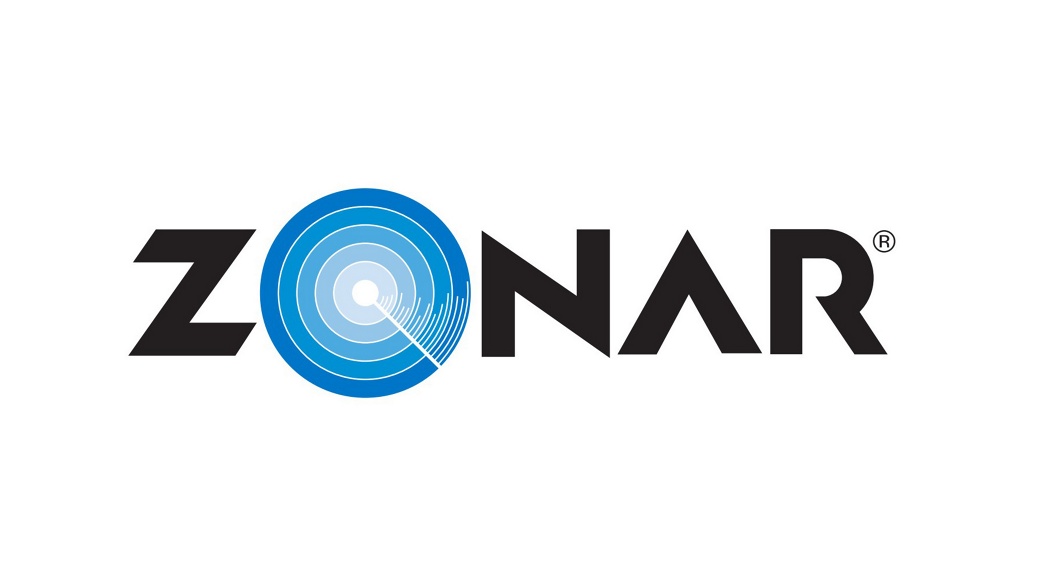


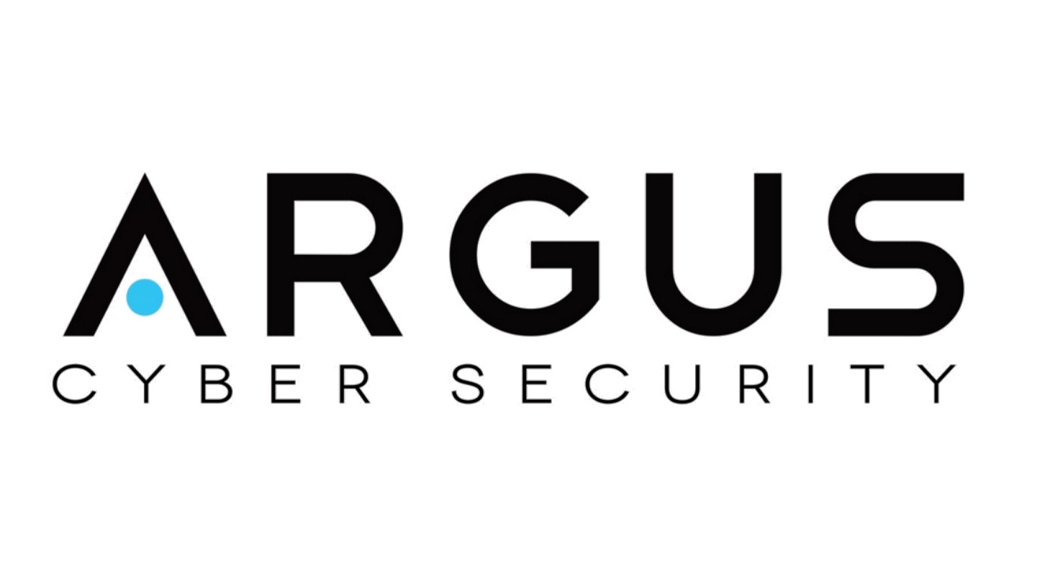
Product Development & Products
Product Overview
- DC/DC Converter
- Battery Management System (BMS)
- Pantograph (eHighway)
- Electric Vehicle Charging Controller

Sensors
DC/DC-Converter
- The DC/DC transfers energy between the different power nets in the vehicle
- All variants are compliant to relevant EMC standards, voltage ripple and dynamic requirements
- Development according to state-of-the-art automotive standards including functional safety and cyber security
- Silicon, Silicon carbide and Gallium nitride technologies
- Passive and liquid cooled version

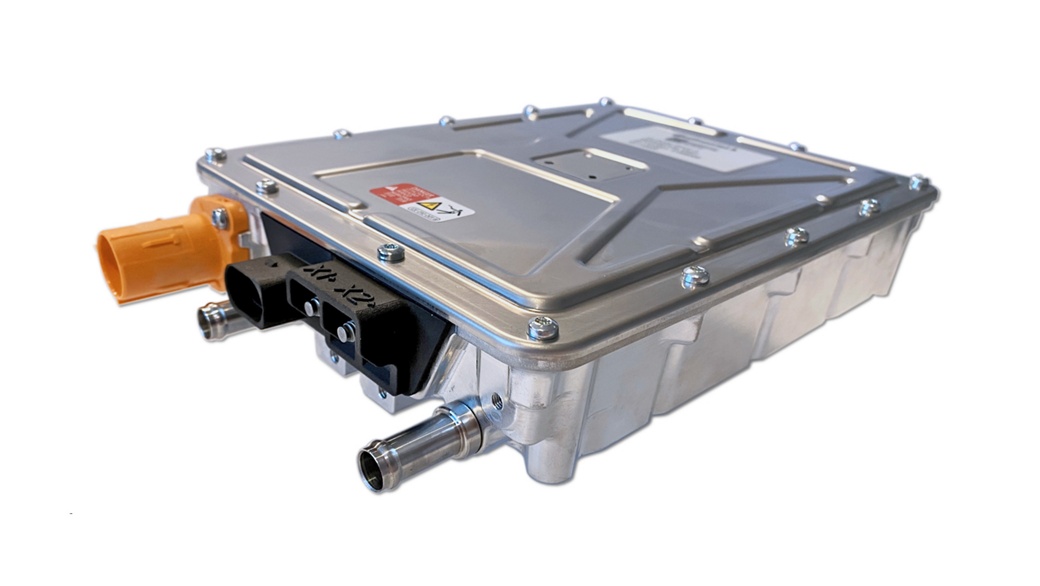

- LV/LV DC/DC
- HV/LV DC/DC
- HV/HV DC/DC
Continental 48V/12V DC/DC converter – Gen1

Continental 48V/12V DC/DC converter – Gen2

Battery Management Systems (BMS)
- The BMS monitors and controls the cells in a battery to provide the optimal performance and a safe operation.
- Development of BMS solutions according to state-of-the-art automotive standards including functional safety and cyber security
- Application SW with sophisticated BMS features (Diagnostics, SoC, SoH, Thermal Management,…), and AUTOSAR basic SW
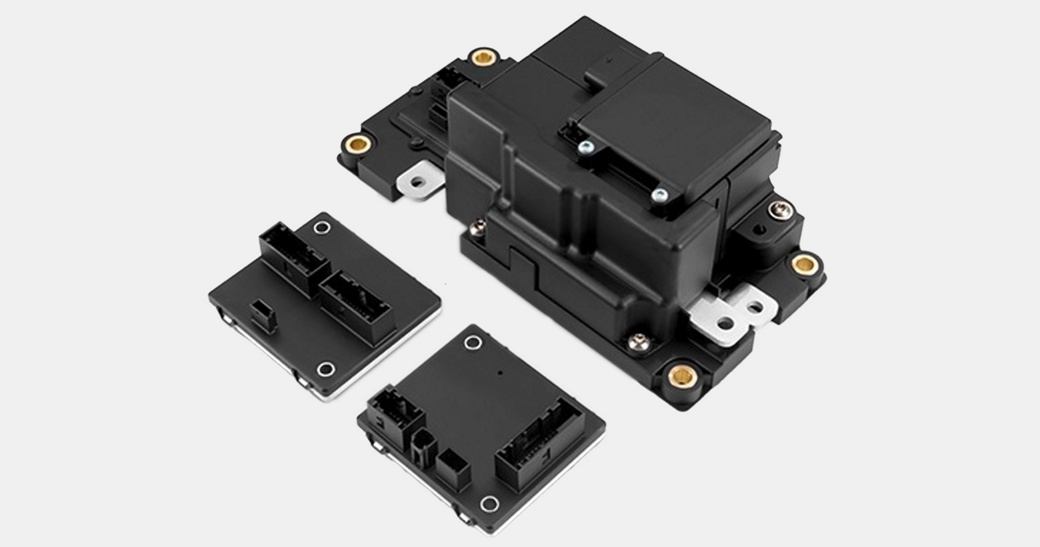
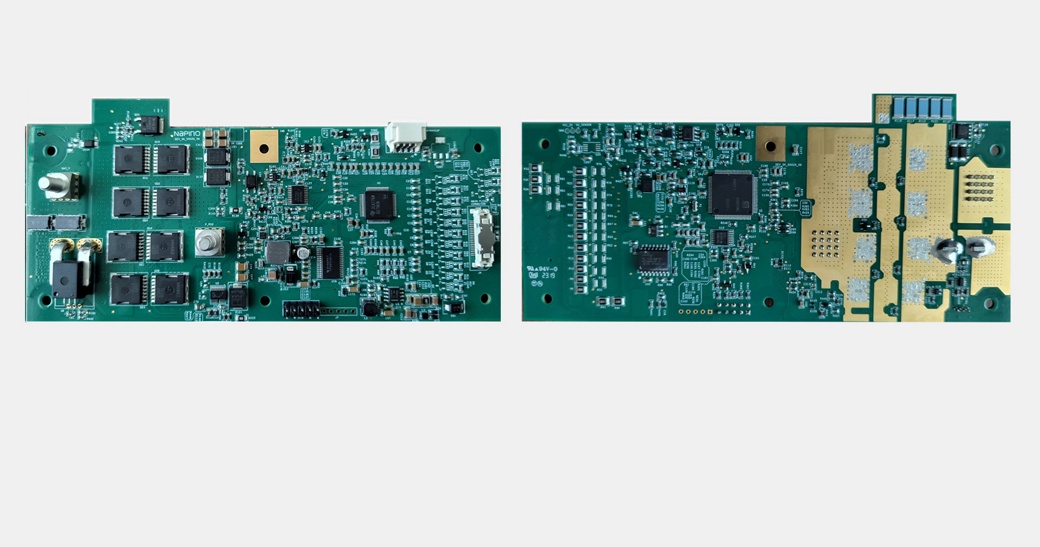
One Stop Shop from Concept to Serial Production
- Concept Phase
- Development Phase
- Vehicle Integration and Build
- Testing and Validation
- Support and Approval
- Feasibility Studies
- Requirements
- Topologies, EE-Architecture
- Component Dimensioning
- Performance Simulation
- Development Plan
Thermal Management Competencies
- Cooling and heating of the cabin by conversion of electrical energy
- Modelling of components and control algorithm including energy and thermal management
- SW development and Virtual Test of SW functions
- Optimization of control algorithms based on requirements
- Energy optimized algorithm‘s for electric vehicles
Aerodynamic Simulation
CFD Analysis

Aerodynamics Appendage

Overview
- Evaluation of the aerodynamic efficiency of vehicle using detail steady and unsteady CFD analysis
- Minimization of drag, emissions and energy consumption
- Recommend aerodynamics appendage
- Optimization of vehicle efficiency and consumption
- Optimization of downforce/drag ratio
- Improve aeroacoustics behavior
xEV Vehicle Build & Commissioning
Building up xEV prototype along vehicle development from first technology demonstrator to close-to-series test vehicle
Services
- Engineering
- Vehicle build
- Vehicle commissioning
- Definition of interfaces to remaining vehicle
- Packaging components and systems into the vehicle
- Creation of E/E harnesses (low voltage, high voltage)
- Ensure communication of components and remain system
Do you want to know more?
*If the contact form does not load, please check the advanced cookie settings and activate the functional cookies for the purpose of contact management.
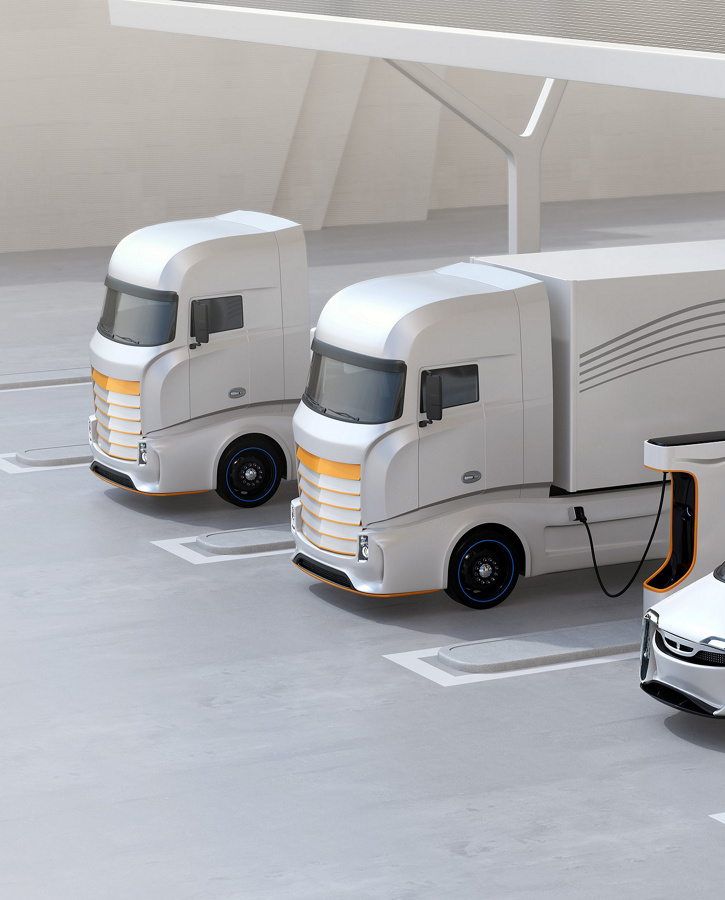


















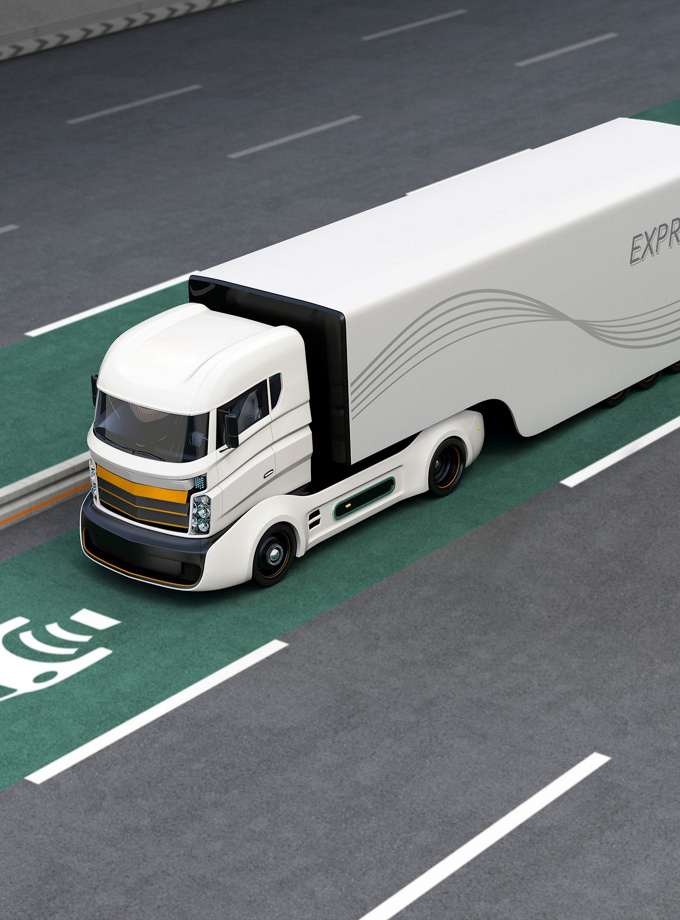

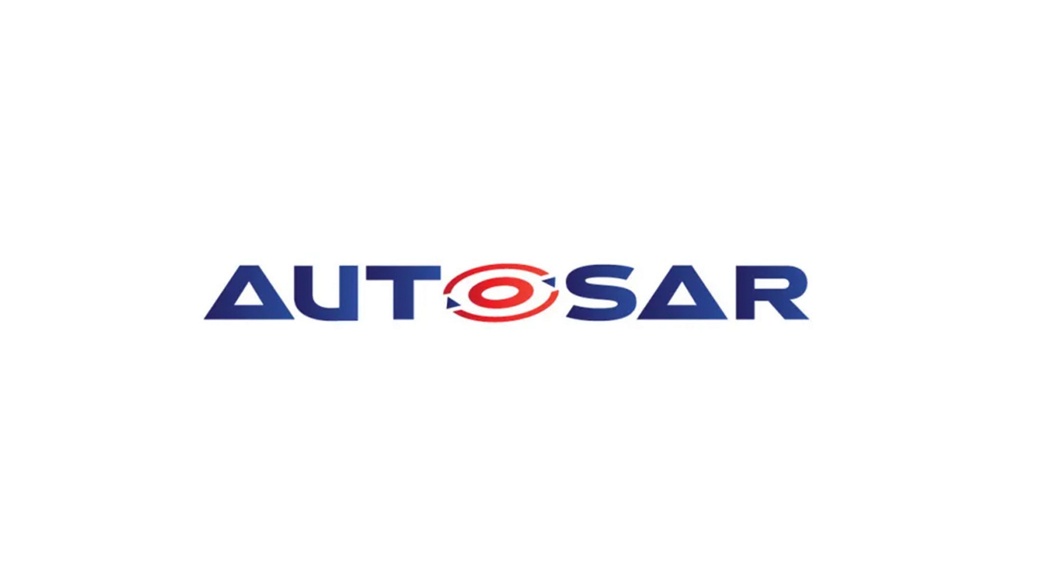
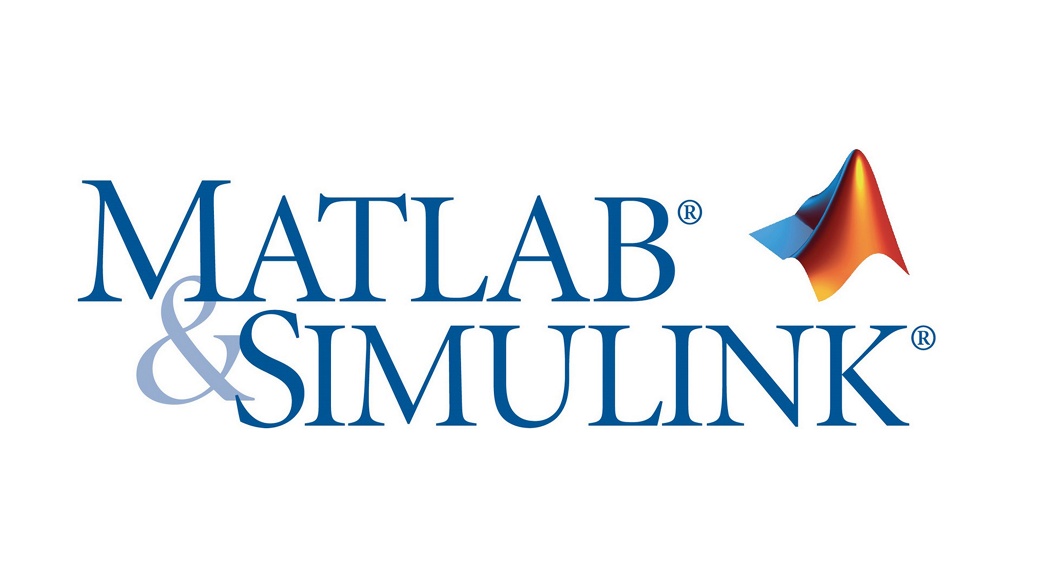
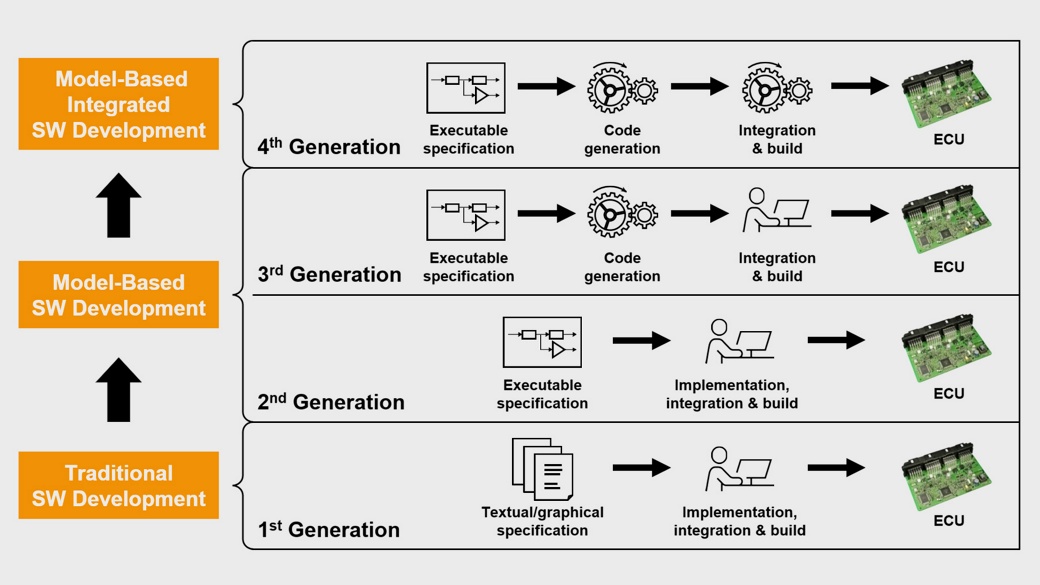
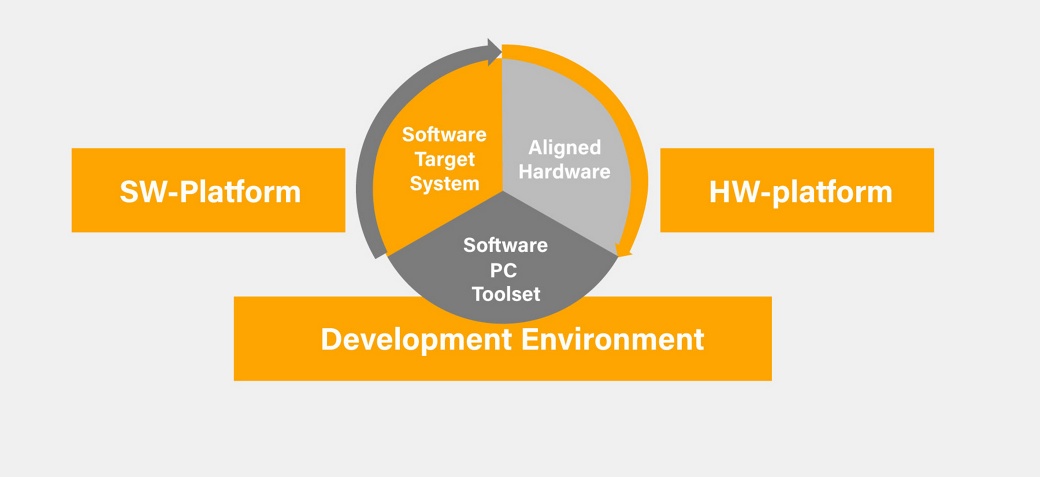


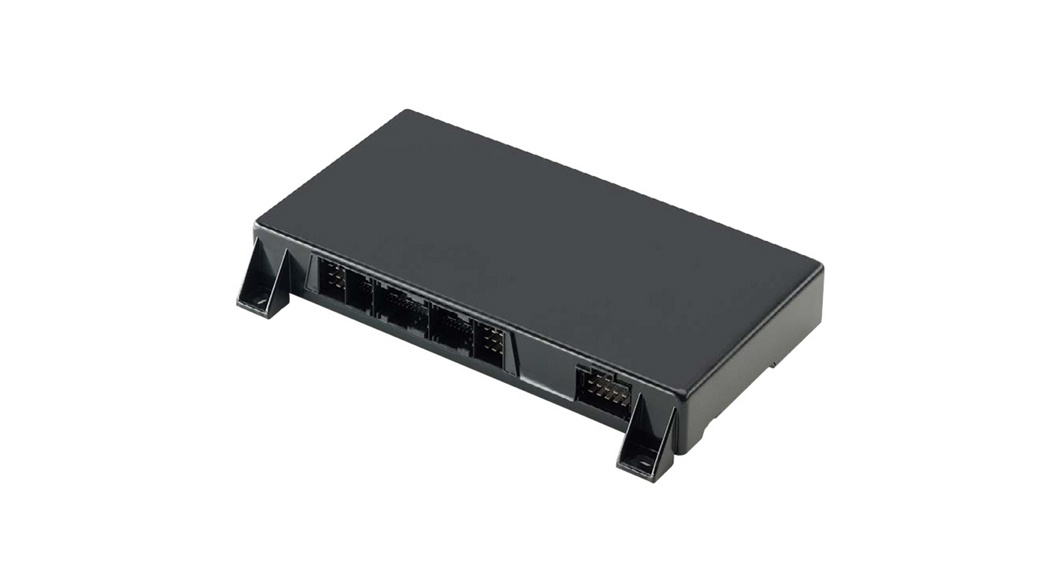


?qlt=95&fmt=png-alpha&wid=1040)
